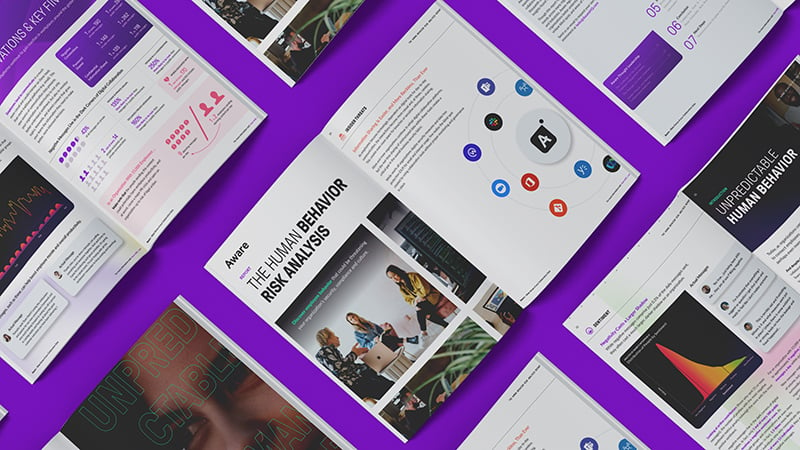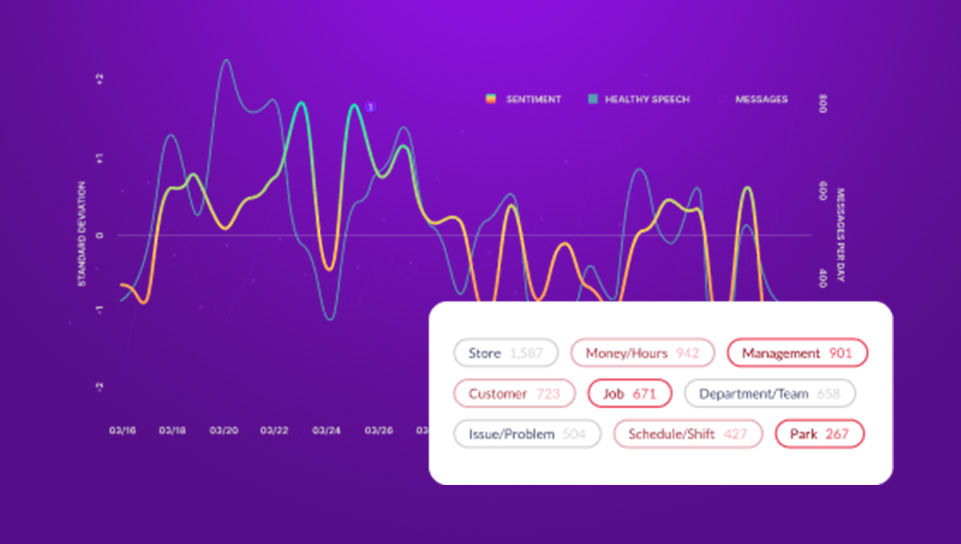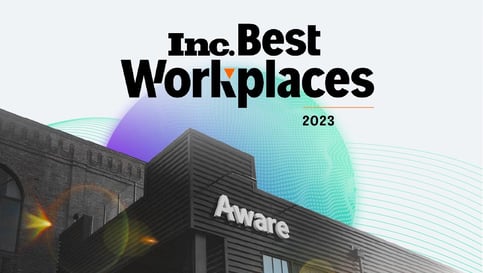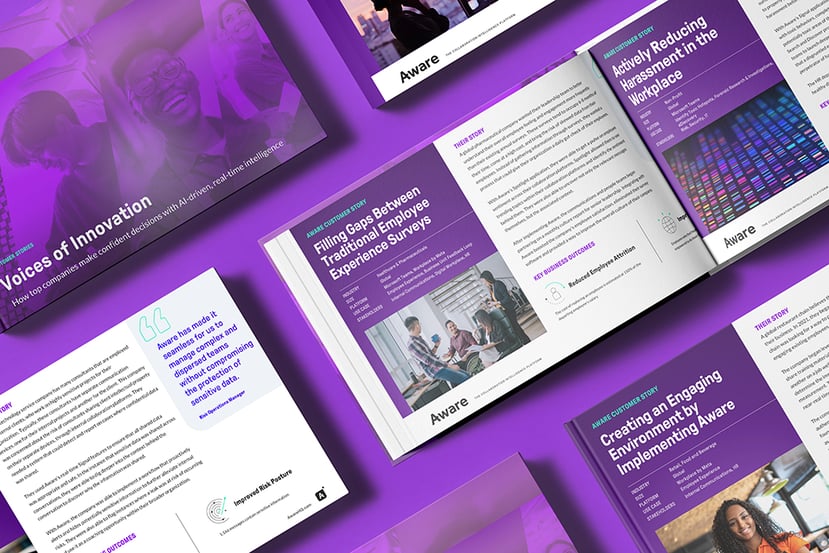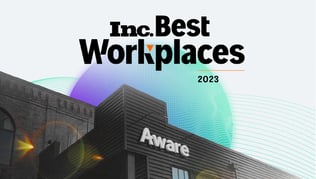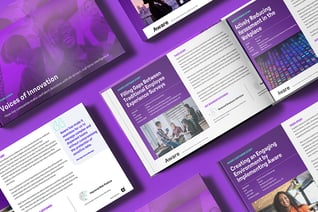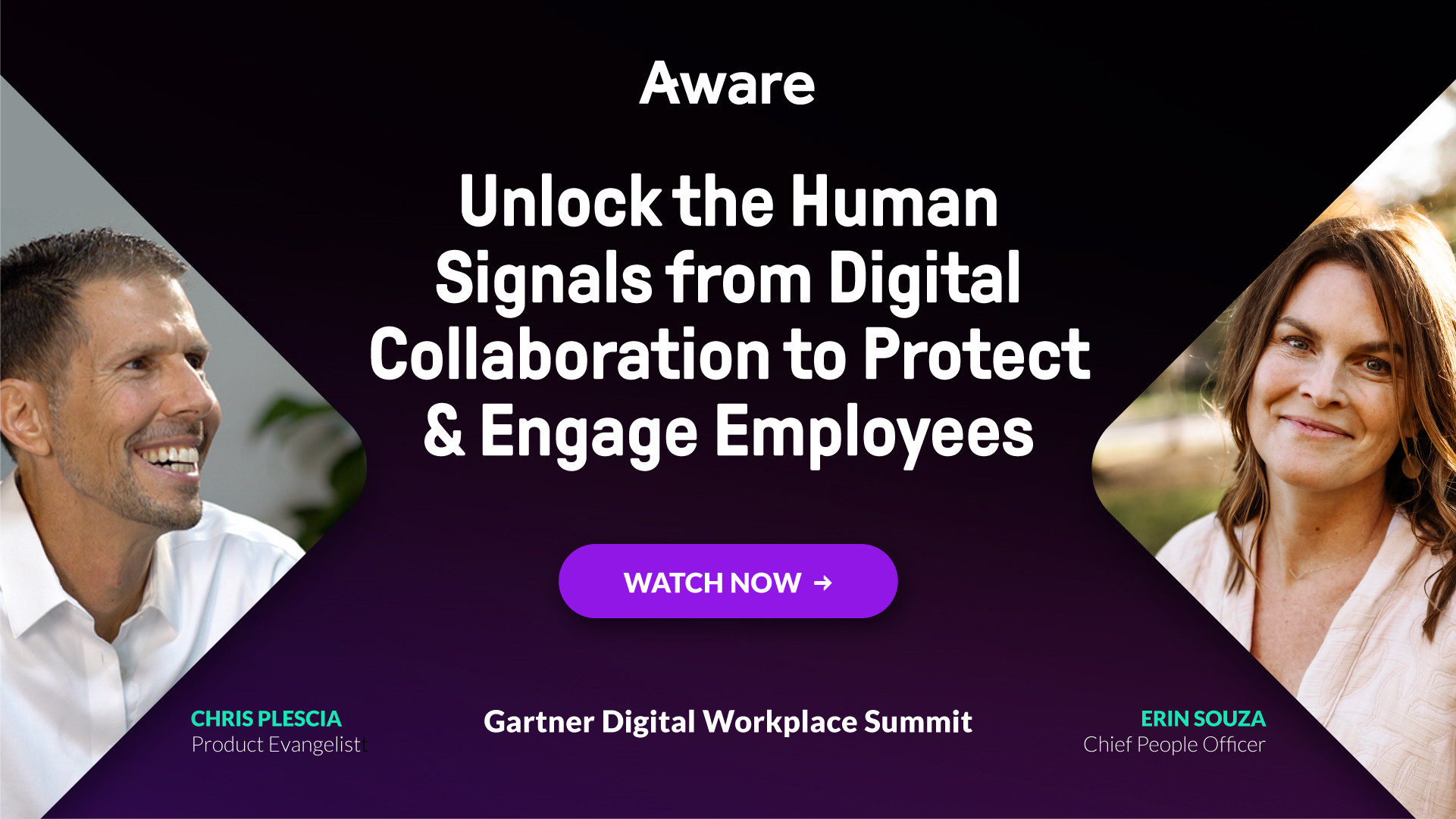People Intelligence — The Future of Retail Employee Retention
by Aware
The retail landscape has never been more competitive. Leading brands are using people intelligence to stay ahead.
Brick-and-mortar retailers have been struggling for decades. The term “retail apocalypse” was coined back in the 1990s, and the trend of closures and bankruptcies has only accelerated since the 2010s. Unfortunately for retailers, there’s still no end in sight. Industry experts predict an additional 80,000 store closures through 2025, including 25% of America’s malls.
Times are tough for an industry that employs over 20 million people. The Bureau of Labor Statistics projects a 4% overall decline in retail employment over the coming years, including 257,000 jobs lost from food and beverage stores and 233,000 from general merchandise. Some specialized retailers, such as electronics and appliance stores, are projected to lose as much as 15% of their workforce.
Not all these losses are due to closures. Increased automation is making stores more efficient — a critical development when employee retention is at an all-time low. The voluntary turnover rate in the retail industry is as much as 70% higher than the national average. And between older employees leaving the workforce and a smaller younger generation taking their place, retailers are unable to plug all the gaps. Not even when they engage in a bidding war with the competition.
Can brick-and-mortar stores survive?
Did the pandemic finish what ecommerce started? The rise of online retailers that can deliver cheaper products with two-day shipping has had a huge impact on electronics, fashion, and household goods retailers. But the pandemic also introduced more customers (and retailers) to curbside pickup, creating a $72.5 billion sales channel almost overnight. And that strikes at a key weakness of ecommerce vendors.
Ultra-fast fulfillment has been the target of ecommerce for years. Amazon has been experimenting with same-day delivery since 2009 and 85% of consumers say they’ll shop elsewhere to get faster shipping. Over 90% say they’ll switch store loyalty to get free delivery.
Consumer demand for faster, cheaper fulfillment has created a pivotal opportunity for brick-and-mortar retailers to strike back against the rise of ecommerce. Lowe’s CEO Marvin Ellison is bullish about what this means for the future, arguing that the company’s 2200 stores are essentially distribution centers connected to its supply chain.
Omnichannel retail — combining online and offline, in-store and home delivery services — offers consumers the best of both worlds while breathing new life into the high street and shopping malls. And this new approach is especially relevant to retailers serving immediate needs. Shoppers don’t want to wait two days for their food or medication to be delivered, and DIYers don’t want to pause a project waiting for a single part to arrive.
Retailers that can align their online and in-store inventories can offer customers the convenience of ecommerce with the immediacy of the high street. Some have even invested in drones or robots, or teamed up with services like Instacart and Shipt to offer delivery in hours, not days.
How do retailers thrive in an omnichannel market?
Competition in the retail industry has never been fiercer, and to stay ahead in the new hybrid environment, retailers must embrace emerging technology — not just to synchronize and deliver stock, but to support the people on the ground making the new operations happen.
The worker shortage is not a problem that’s going away. About a third of Covid deaths occurred among working-age people, and long Covid took another estimated 1.6 million out of the workforce. The pandemic also spurred 3 million workers to take early retirement. And on the other side of the equation, Gen Z is almost 2 million people smaller than the Baby Boomer generation. That adds up to a labor market missing some 7 million workers.
Tight labor markets drive up demand and that’s leading to an increase in wages on the front line. Amazon alone anticipates spending more than $1 billion on raises in the coming year, putting its average starting salary north of $19/hour. Retailers are offering 2-3 times the federal minimum wage to secure frontline workers, but it still might not be enough. A recent study of nearly 5 million frontline employees from America’s largest retailers found that inflation had erased at least half of those salary gains. In real terms, the average employee was only 3% better off than they were pre-pandemic.
Combined, these factors mean retailers now face unprecedented challenges in attracting and retaining workers. Overcoming the difficulties facing the future of retail requires investment in creating a workplace where employees feel supported and empowered. Raising wages alone isn’t enough when those raises come with diminishing returns. Employees also demand and deserve a voice that’s heard at every level of the organization, and smart retail leaders are embracing people intelligence technology that amplifies that voice from the break room to the boardroom.
People intelligence is the future of retail employee retention
Aware collaboration intelligence platform connects with frontline communication tools like WorkJam, Slack and Workplace from Meta to provide retailers with people intelligence insights from employee voices at scale. With Aware, retailers enjoy:
- Enhanced understanding of sentiment on the front line
- Proactive detection of issues that are top-of-mind for employees
- Improved operational intelligence, reducing common frustrations
- Near real-time insight into how top-down messages are received
- 360-degree overview of the organization’s strengths and weaknesses
Aware helps retailers understand what matters most to frontline employees. People intelligence insights are the foundation of a robust employee retention strategy that delivers on what the workforce really wants.
Aware + Frontline Sentiment
A large employer of shift workers was struggling with high turnover rates. They turned to Aware to help them understand how they could improve working conditions on the front lines.
They discovered that sentiment was lowest during the weekends, among staff who were primarily customer-facing. What the company uncovered was a new understanding of customer complaints and how they affected employees. Using these insights, the company was able to mitigate the most common complaints, improving employee morale and reducing turnover.
Aware + Employee Benefits
When a major multinational rolled out a new executive-backed benefit to frontline employees, they were disappointed to realize uptake was low and sentiment around the benefit was extremely poor.
Using Aware, the company identified the trending complaints about the benefit and discovered the problem lay with the third-party vendor responsible for its distribution. Armed with this information, the company was able to address the problem and ensure the benefit was delivered successfully.
The retail landscape is changing rapidly
For years, large retailers have been on the back foot, outpaced by smaller, more agile online retailers. While devastating in many ways, the pandemic offered retailers a chance to recover — if they embrace the technology required to take it.
Omnichannel sales gives brick-and-mortar stores the ability to compete with ecommerce vendors by combining the simplicity of online ordering with the convenience of same-day delivery. But capitalizing on this opportunity means making changes to how work happens on the front line at a time when employee retention is more challenging than ever.
People intelligence from Aware is the solution for retailers to protect and support employees while steering the industry into the future.
